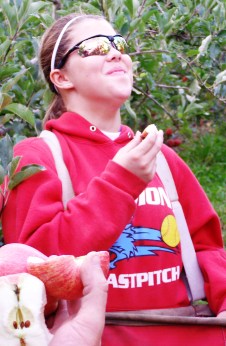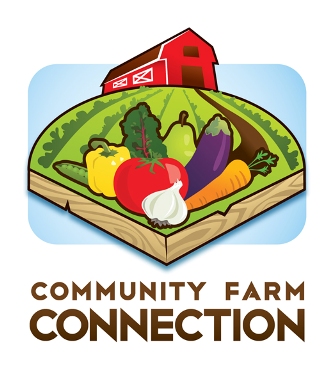 Donor Establishment Process
Donor Establishment Process
-
The gleaning coordinator identified local farms that might be interested through either prior affiliation or expressed interest by the donor. (a) Often a tri-fold explaining what Community Harvest does along with some frequently asked questions was mailed or emailed to potential donors. (b) When possible, face to face contact was made to solidify connections.
-
After potential donors were initially contacted through either email or phone (usually both), the coordinator identified what method of communication works best for each grower and followed up with updates about Community Harvest, regardless of whether these farmers donated.
-
These donors were recorded on a spreadsheet. Notes were taken on what crops they potentially had to offer, when best to contact them and the nature of Community Harvest’s relationship with them.
-
When Community Harvest approached farmers, they were given the opportunity to donate but regardless of a donation, Community Harvest stressed the importance of “getting the word out”.
Volunteer/Donor Overlap
-
Volunteers feel satisfied when they feel they have accomplished something. Likewise, donors are satisfied when a gleaning project takes full advantage of the resources offered.
-
Gleans have a domino effect, if any piece of the chain is broken relationships can be compromised: adequate volunteers ↔ volunteer satisfaction ↔ successful glean ↔ donor satisfaction ↔ great donor relations ↔ future gleans.
-
“Correct” amount of produce can mean too much or too little gleaned below is one example.
For example, earlier in the season Community Harvest was invited to glean cherries from a local orchard. Despite effort made to recruit a number of volunteers, only one volunteer showed up. There were several dozen cherry trees full of fruit that could be gleaned, the task was daunting. After a couple of hours the volunteer had another event to attend, and there was hardly a dent made in the cherry crop. The gleaning coordinator thanked the orchard manager and followed up with a thank you to the owner as well. A few weeks later the Gleaning Coordinator saw the farmer at a market and the farmer asked if they had gotten all the fruit they needed. The Gleaning Coordinator was surprised to learn that more gleans could have been arranged with hopefully a larger number of volunteers. Despite repeated efforts to communicate and organize another glean at this farm, the initial miscommunication resulted in no further gleans that year. Hopefully, next season a renewed effort will result in gleans!
Lessons Learned
Communicate with the donor about specifics. How much produce do they want to donate? How many people will it take to harvest in what amount of time? Keep in mind that growers have professional pickers in mind when they calculate the amount of time needed to harvest a crop. Volunteer pickers can pick about half of what a professional picker can. If you are unable to get the adequate number of volunteers, let the donor know your situation so they do not think you are not interested in future gleans.
Properly communicate how many events the donor is willing to host. Establish if, after the first visit, your group is able to come out and get started without interrupting the farmer’s workday.

 Donor Establishment Process
Donor Establishment Process